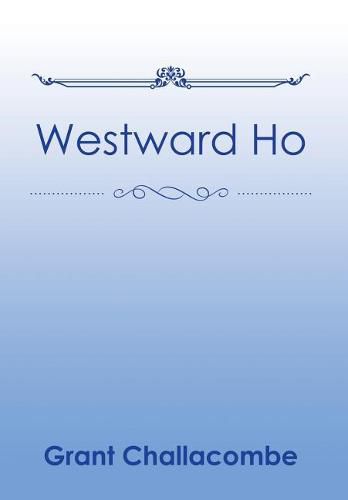Readings Newsletter
Become a Readings Member to make your shopping experience even easier.
Sign in or sign up for free!
You’re not far away from qualifying for FREE standard shipping within Australia
You’ve qualified for FREE standard shipping within Australia
The cart is loading…






This title is printed to order. This book may have been self-published. If so, we cannot guarantee the quality of the content. In the main most books will have gone through the editing process however some may not. We therefore suggest that you be aware of this before ordering this book. If in doubt check either the author or publisher’s details as we are unable to accept any returns unless they are faulty. Please contact us if you have any questions.
When the American Civil War began, it was quite possible that the only experience Jabez and William Challacombe had with horses was walking behind one as it pulled a plow. Certainly, Northern boys didn’t have the same equestrian tradition as Southern boys. They hadn’t been raised to ride high-spirited thoroughbreds on foxhunting or to have a romantic view of themselves as gallant warriors when sitting astride a horse. From a Northern farm boy’s point of view, a horse was a beast of burden, and there was nothing glamorous about that. When they did occasionally ride on the back of a horse, it would most likely be a big docile, slow-moving cold-blooded animal with large hooves, feathered pasterns, and a sway in its back that would eliminate the need of a saddle. Their objective in riding would be solely for transportation and only because it was faster and took less effort than walking. It might therefore seem a little strange that Jabez and William would enlist in the cavalry. Probably their choice of service was influenced by a slick recruiter telling them they didn’t have to walk to work in the cavalry; they could ride. Whatever the motivation, twenty-seven-year-old Jabez and his twenty-one-year-old brother, William, enlisted for three years as privates in Company H of the Second Ohio Volunteer Cavalry Regiment.
$9.00 standard shipping within Australia
FREE standard shipping within Australia for orders over $100.00
Express & International shipping calculated at checkout
This title is printed to order. This book may have been self-published. If so, we cannot guarantee the quality of the content. In the main most books will have gone through the editing process however some may not. We therefore suggest that you be aware of this before ordering this book. If in doubt check either the author or publisher’s details as we are unable to accept any returns unless they are faulty. Please contact us if you have any questions.
When the American Civil War began, it was quite possible that the only experience Jabez and William Challacombe had with horses was walking behind one as it pulled a plow. Certainly, Northern boys didn’t have the same equestrian tradition as Southern boys. They hadn’t been raised to ride high-spirited thoroughbreds on foxhunting or to have a romantic view of themselves as gallant warriors when sitting astride a horse. From a Northern farm boy’s point of view, a horse was a beast of burden, and there was nothing glamorous about that. When they did occasionally ride on the back of a horse, it would most likely be a big docile, slow-moving cold-blooded animal with large hooves, feathered pasterns, and a sway in its back that would eliminate the need of a saddle. Their objective in riding would be solely for transportation and only because it was faster and took less effort than walking. It might therefore seem a little strange that Jabez and William would enlist in the cavalry. Probably their choice of service was influenced by a slick recruiter telling them they didn’t have to walk to work in the cavalry; they could ride. Whatever the motivation, twenty-seven-year-old Jabez and his twenty-one-year-old brother, William, enlisted for three years as privates in Company H of the Second Ohio Volunteer Cavalry Regiment.